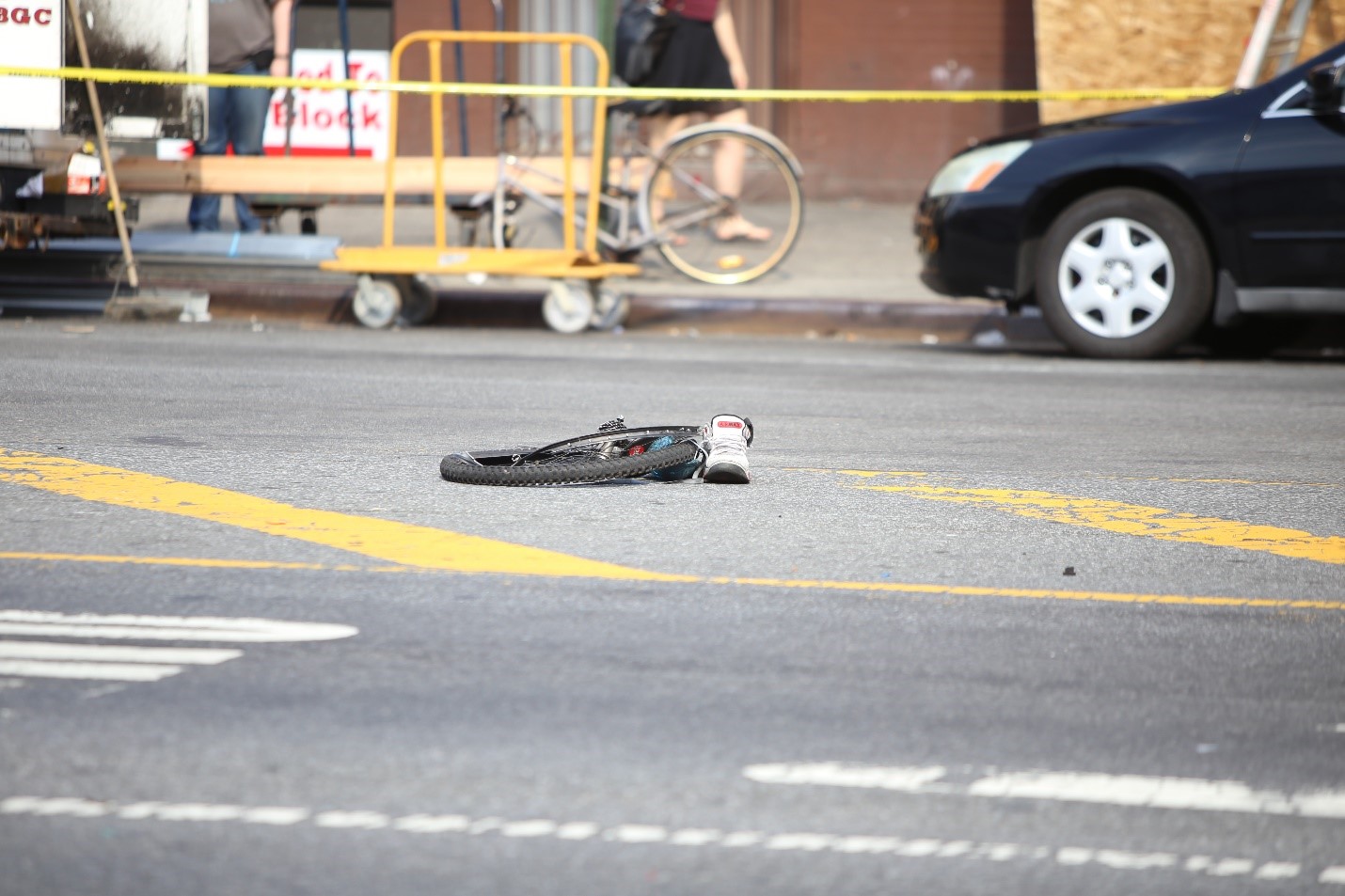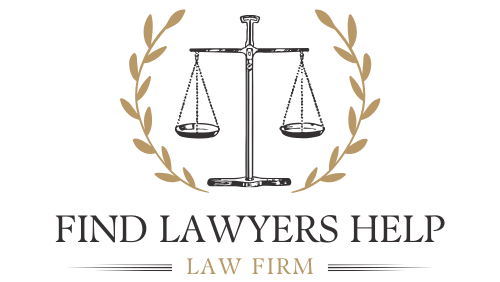
Hit-And-Run Laws, Penalties, And What To Do If Involved
Hit-And-Run Laws, Penalties, and What To Do If Involved
Hit-and-run incidents are serious offenses that can have devastating consequences for victims and their families. These incidents occur when a driver involved in a collision leaves the scene without providing contact information or assisting those injured. Understanding hit-and-run laws, the penalties associated with them, and what to do if you find yourself involved in such an incident is crucial for all drivers. This article will explore these aspects in detail.
Understanding Hit-And-Run Laws
Definition of Hit-and-Run
A hit-and-run is defined as an accident where a driver involved in a collision fails to stop and provide their details to the other party or law enforcement. This can involve accidents with other vehicles, pedestrians, cyclists, or property.
Legal Framework
Hit-and-run laws vary significantly from one jurisdiction to another. In general, these laws are designed to hold drivers accountable for their actions and ensure that victims receive necessary assistance and compensation.
Key Elements of Hit-and-Run Laws
- Leaving the Scene: The primary element of a hit-and-run is the act of leaving the scene of an accident without fulfilling legal obligations.
- Injury or Damage: The severity of penalties often depends on whether injuries or damages occurred as a result of the accident.
- Intent: While intent may not always be considered, reckless driving or negligence can lead to harsher penalties.
Penalties for Hit-and-Run Offenses
General Penalties
The penalties for hit-and-run offenses can vary widely based on jurisdiction and the circumstances surrounding the incident. Common penalties include:
- Fines: Monetary fines can range from hundreds to thousands of dollars, depending on the severity of the offense.
- Imprisonment: Offenders may face jail time ranging from a few months to several years.
- License Suspension: A driver’s license may be suspended or revoked following a hit-and-run conviction.
- Civil Liability: In addition to criminal penalties, offenders may also face civil lawsuits from victims seeking compensation for damages.
State-Specific Examples
| State | Penalty for Leaving Scene (Injury) | Penalty for Leaving Scene (Fatality) |
|---|---|---|
| California | Up to 1 year in jail + fines | Up to 4 years in prison + fines |
| New York | Up to 3 years in prison | Up to 15 years in prison |
| Texas | Up to 5 years in prison | Up to 20 years in prison |
| Florida | Up to 5 years in prison | Up to 30 years in prison |
Federal vs. State Laws
In some cases, federal laws may apply, particularly if the incident involves interstate transportation or federal property. However, most hit-and-run cases are prosecuted under state laws.
What To Do If Involved in a Hit-And-Run Incident
If you find yourself involved in a hit-and-run incident, it is essential to take specific steps to protect yourself legally and ensure that you receive any necessary medical attention.
Immediate Actions
- Ensure Safety: Move to a safe location if possible and check for injuries among all parties involved.
- Call Emergency Services: Report the incident to law enforcement immediately. Provide them with as much information as possible about the other vehicle and driver.
- Document the Scene: Take photos of the accident scene, including any damage and road conditions. Note details such as the time, location, and weather conditions.
- Gather Witness Information: If there are witnesses, collect their contact information and statements about what they observed.
- Seek Medical Attention: Even if you feel fine, it is advisable to see a doctor for a thorough examination.
Reporting the Incident
After ensuring your safety and gathering information:
- File a Police Report: Provide law enforcement with all collected evidence and cooperate fully with their investigation.
- Notify Your Insurance Company: Report the incident to your insurance provider as soon as possible. Provide them with all relevant details and documentation.
Legal Considerations
If you are injured or suffer damages due to a hit-and-run incident:
- Consult an Attorney: A personal injury attorney can help you understand your rights and options for pursuing compensation.
- Consider Filing a Claim: Depending on your insurance policy, you may be able to file a claim under uninsured motorist coverage if the at-fault driver cannot be identified.
Conclusion
Hit-and-run incidents pose serious legal consequences for offenders while leaving victims vulnerable and seeking justice. Understanding hit-and-run laws, associated penalties, and appropriate actions following an incident is crucial for all drivers. By being informed and prepared, individuals can navigate these challenging situations more effectively.
FAQ Section
Q1: What constitutes a hit-and-run?
A1: A hit-and-run occurs when a driver involved in an accident leaves the scene without providing contact information or assisting injured parties.
Q2: What are common penalties for hit-and-run offenses?
A2: Penalties can include fines, imprisonment, license suspension, and civil liability for damages caused by the accident.
Q3: What should I do immediately after being involved in a hit-and-run?
A3: Ensure safety, call emergency services, document the scene, gather witness information, and seek medical attention if needed.
Q4: Can I pursue compensation if I am injured in a hit-and-run?
A4: Yes, you may be able to file a claim under your insurance policy or pursue legal action against the at-fault driver if identified.For more detailed information about traffic laws including hit-and-run regulations, you can refer to Wikipedia – Hit-and-Run.
